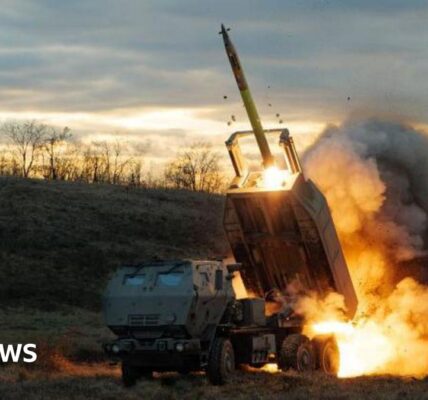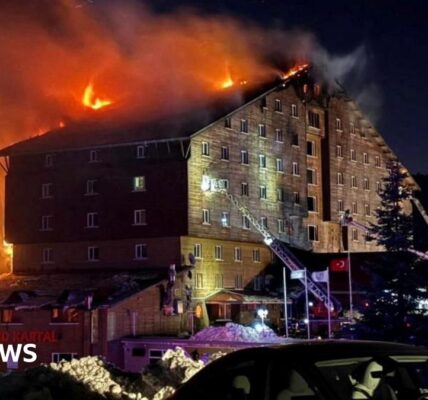A revolution in vehicle fuel is gaining momentum in Tanzania, but a lack of filling stations means it is stuck in second gear.
Like Nigeria and some other countries on the continent, Tanzania is beginning to embrace compressed natural gas (CNG) as an alternative to petrol and diesel.
It is seen as cleaner and better for the environment than those fossil fuels, but its relative cheapness is the biggest draw for the 5,000 or so motorists in the East African state who have embraced the change – particularly commercial drivers.
This represents a small fraction of Tanzania’s vehicles, but the early adopters are paving the way for a wider acceptance of CNG – the government reportedly wants near total adoption by the middle of the century.
Tanzania has large reserves of gas under the sea and for those filling up, CNG can cost less than half its petrol equivalent.
The potential saving was enough to persuade taxi owner Samuel Amos Irube to part with about 1.5m Tanzanian shillings ($620; £495) to convert his three-wheeled vehicle – known locally as a bajaji – to CNG.
But now, having to get the gas twice a day, he often spends more time waiting at a filling station in the largest city, Dar es Salaam, than he does earning money.
There are only four places in Tanzania’s commercial hub where he can fill up.
Quietly frustrated, he says he has to wait for at least three hours every time he wants to refuel, but the savings make it worth it, as he spends just 40% of what he would on the equivalent amount of petrol.
The slow-moving queues of vehicles at the Ubungo CNG station snake down the road. Things are orderly – there are three clear lines, one for cars and two for bajajis – but the irritation is palpable.
Medadi Kichungo Ngoma, in the queue for two hours already, stares at the vehicles ahead of him as he waits by his silver pick-up truck.





